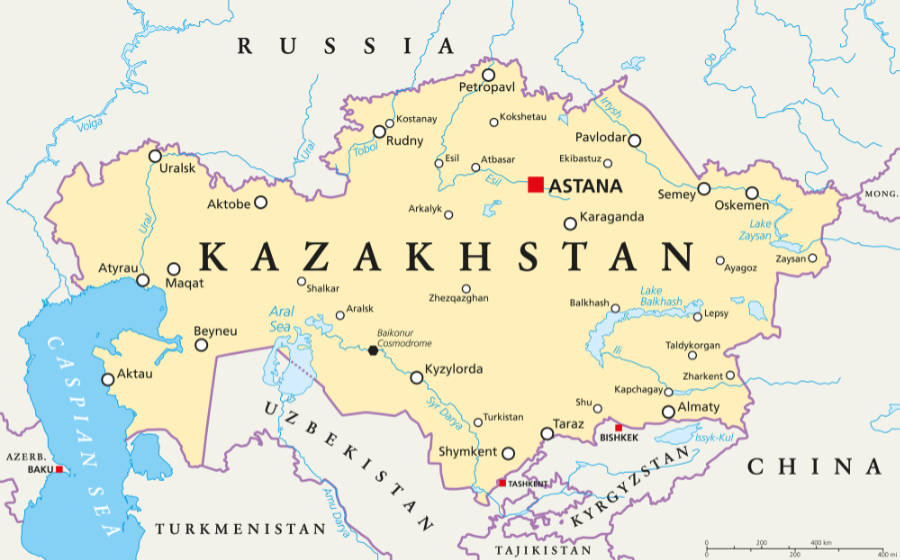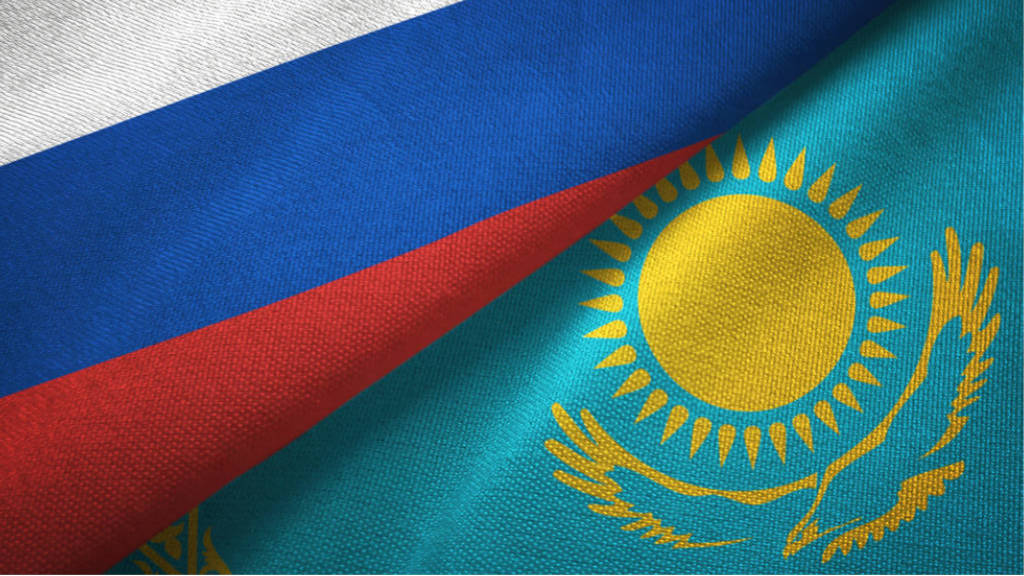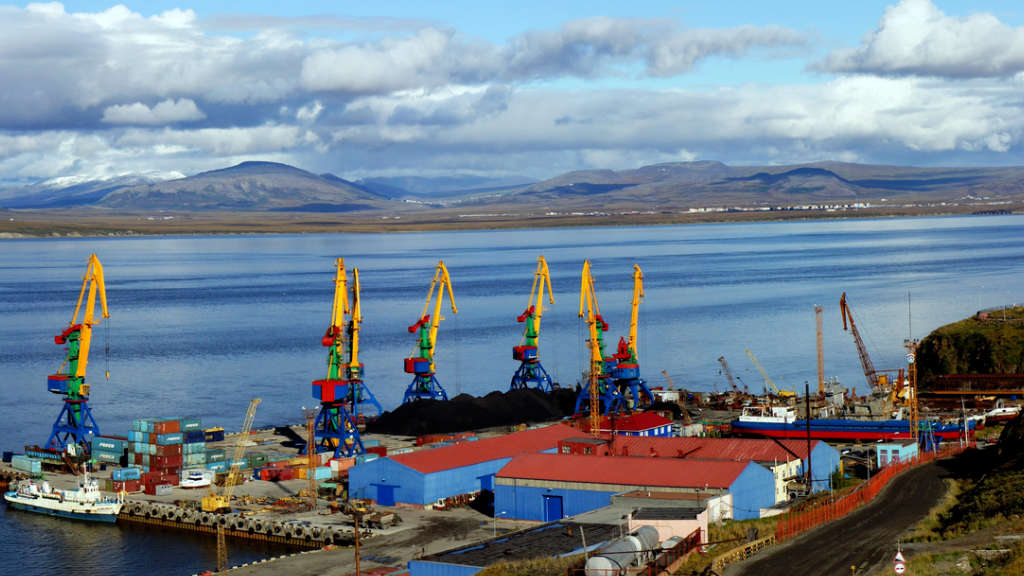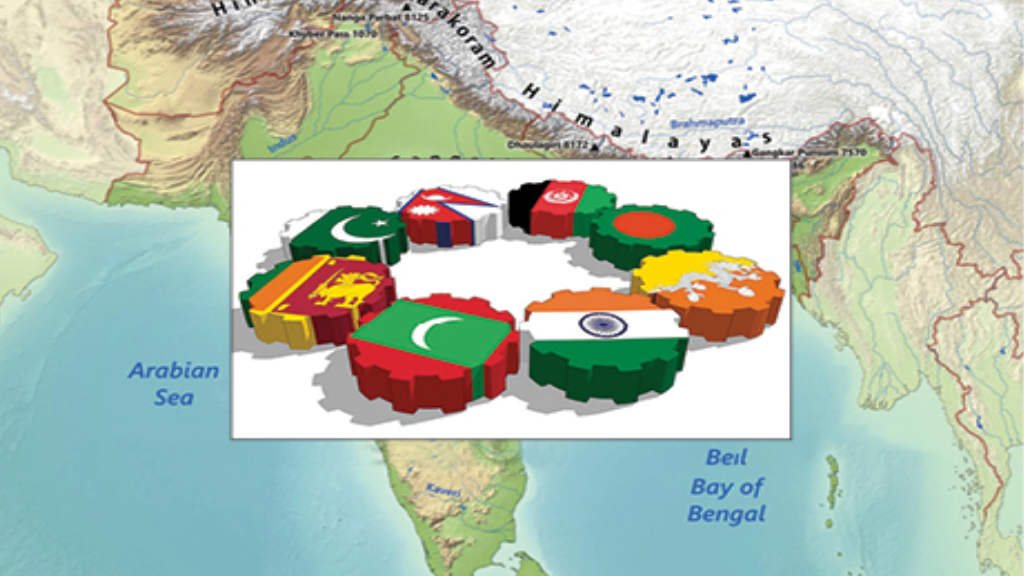The Russian Prime Minister Mikhail Mishustin has been on a three-day trip to Kazakhstan, highlighting the work of the intergovernmental commission on economic cooperation between the two countries. He said that bilateral trade turnover between Russia and Kazakhstan exceeded US$26.34 billion in 2024, adding that “Russia occupies a leading position among Kazakhstan’s foreign trade partners. Strategic projects in industry, energy, transport, and logistics infrastructure are being successfully implemented in Kazakhstan.”
Nuclear Power
Several other projects were discussed, including in developing Kazakhstan nuclear power capabilities. Rosatom head Alexei Likhachev said that building a nuclear power plant in Kazakhstan has been discussed, and that “we are advancing towards joint decisions.” Kazakhstan “is professionally exploring” the construction of a nuclear power plant and interacting with several vendors, he said, adding that Kazakhstan has nuclear energy competences and is a major uranium producer.
A Kazakh delegation has also recently visited the Leningrad NPP “with deep immersion into both nuclear energy technologies and the entire structure of the Russian nuclear energy industry,” he said, adding that Rosatom is ready to build a nuclear power plant in Kazakhstan.
Kazakh Energy Minister Almassadam Satkaliyev said that a comprehensive plan for the construction of three nuclear power plants in Kazakhstan will be ready in Q2 2025, saying that “At least three NPPs are needed to form a nuclear cluster. We will proceed from this when drafting the Energy Ministry’s strategic plan, we will work on the assumption that at least three NPPs must be built. This comprehensive document will be drafted in the near future for the full development of the nuclear cluster. Given the advanced state of readiness and the President’s instructions to speed up work on this document, I think we will submit it for the government’s consideration in the second quarter.”
Satkaliyev said the ministry had already begun looking for a site for the third NPP. He said a state commission had already identified two sites suitable for the plant – the village of Ulken on the shore of Lake Balkhash and the city of Kurchatov in the Abay region, and added “We will also consider Aktau. Perhaps we will look at some growth centers there. It depends on the technology. We will certainly look at both East and West Kazakhstan.”
Aktau is an important location as it is the main port for Kazakhstan’s Caspian Sea, with freight volumes along this route from both Europe, the Caucasus and Russia using this section of the ‘Middle Corridor’ to access other Central Asian markets and transit to China.
Kazakhstan is currently considering high power reactor technologies from four suppliers – France, China, Russia and South Korea. According to the Energy Ministry, the average cost per power unit is US$5 billion, with Astana also requesting a sovereign loan from Russia to help with the financing. The proposal from France could be derailed as the EU is expected to issue sanctions against Kazakhstan shortly for its continued involvement in Russian trade.

Thermal
Kazakhstan is also looking for Russian assistance to help finance the construction of three coal-fired thermal power plants, again according to Kazakh Energy Minister Almassadam Satkaliyev. He said that a mechanism to finance the projects is currently under development, stating that “If this is a commercial loan, then this is one cost. If this is from the National Fund, then this is a different story.”
Kazakhstan plans to construct three thermal power plants jointly with Russia in the cities of Kokchetav at capacity of 240 MW, Semey at 360 MW, and Ust-Kamenogorsk at 360 MW. Russia’s PJSC Inter RAO has been selected to implement the projects, with a role to manage the projects and act as the general contractor.
Energy Grid
Kazakhstan’s Lower House of Parliament has also passed a law ratifying an agreement with Russia on measures to support the parallel operation of the two countries’ power grids. Energy Minister Almassadam Satkaliyev said that “The main purpose of the draft agreement is the need to formalize relations that arise from parallel operation, as well as to determine the basic conditions for this interaction.”
He noted that in recent years the energy system of Kazakhstan is experiencing a shortage of regulating capacity. Due to emergencies and unplanned repairs at power plants hourly deviations of the actual interstate balance of flow at the border with the UES of Russia significantly exceeded the volume of agreed permissible volumes. “In some hours deviations in terms of capacity reached up to 1,500 MW,” the Minister noted. Since the permissible power flows between the energy systems of Kazakhstan and Russia were systematically exceeded, the Russian side initiated the issue of updating the then existing Agreement between the Government of Russia and the Government of Kazakhstan of November 20, 2009.
The parties concluded a new Agreement on November 9, 2023. In the course of negotiations, the Kazakh side was able to achieve a reduction in the markup on electricity to be consumed by the Kazakh side in excess of the approved volumes (150MW) to 2.5%, instead of the 7-15% proposed by the Russian side.
Currently, the draft ratification of the Agreement has been sent to the Senate of Kazakhstan for further consideration.
Further Reading






